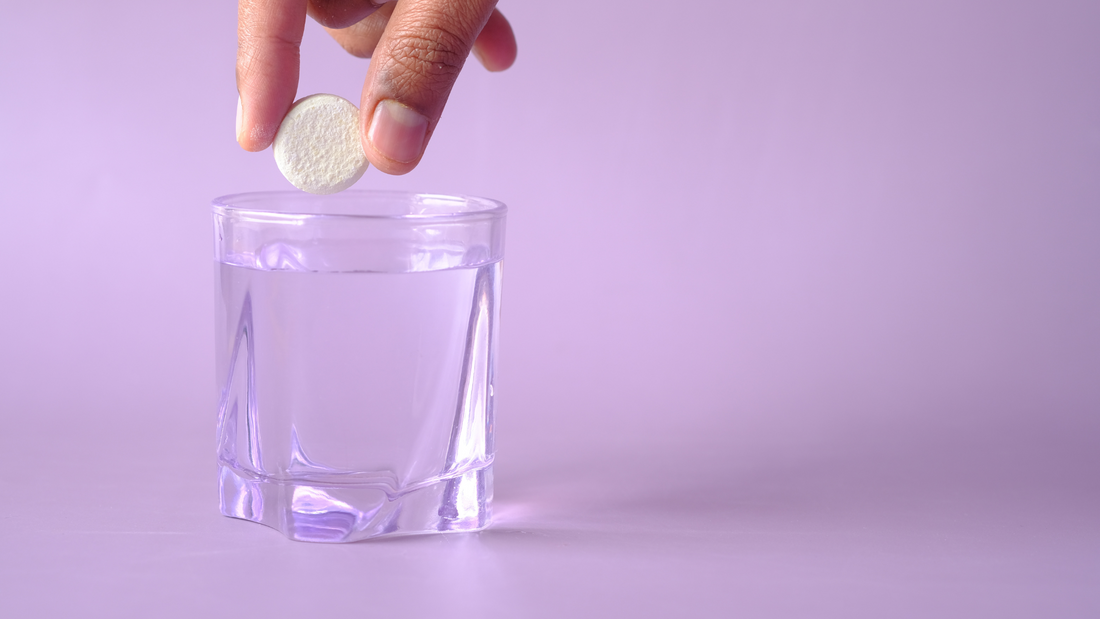
Painkillers: What the Science Reveals
Share
Why are women more often victims of ineffective painkillers?
This observation, still little known to the general public, reveals deep biases in medical research and a persistent lack of understanding of female physiology . Yet, millions of women suffer daily: painful periods, endometriosis, migraines, chronic pain... And the treatments supposed to relieve their suffering are not always available.
In this article, we explain why women's painkillers aren't always effective, what science is beginning to reveal, and why it's urgent to rethink pain management for women.
The female body, still poorly studied by medicine
For decades, medical research has relied predominantly on male subjects, whether for clinical drug studies or even laboratory animals. As a result, the hormonal and physiological characteristics of women have been largely ignored.
However, the differences between men and women in pain are not trivial. Women, on average, have a lower pain threshold, a more intense perception of harmful stimuli, and a hormonal system that directly influences the response to treatments. However, the effectiveness of pain medications tested on male models is not systematically adjusted to the female body.
Role of hormones in pain management
You may have already felt it: depending on your menstrual cycle, your sensitivity to pain can vary. It's not in your head, it's physiological! Hormones and pain have a close connection. Estrogen, for example, can modulate the nerve transmission of pain.
When these levels fluctuate (during menstruation, ovulation, pregnancy, or menopause), the response to treatments can be impaired. Worse still, some painkillers can interact with these hormones, further reducing their effectiveness.
💡 Morphine, for example, acts differently depending on the gender. In women, it may be less well metabolized or cause more severe side effects. This complicates treatment, especially when the pain is chronic.
Women's pain taken less seriously
This is another aspect, more societal, but just as important. Numerous studies show that women's pain is often minimized or even ignored. A survey conducted in emergency departments revealed that women had to wait longer on average than men to receive pain relief treatment, and that they were more frequently prescribed anxiolytics than analgesics.
This tendency to equate pain with "emotional fragility" reinforces the invisibility of women's pain. The result: women who are undertreated, poorly listened to, and in prolonged suffering.
👉 This bias isn't just unfair: it's dangerous. Because poorly treated pain can worsen, become chronic, and have a lasting impact on quality of life.
Towards a more inclusive and feminine medicine
Fortunately, things are beginning to shift. More and more researchers are warning about gender inequalities in drug response and calling for gender-differentiated clinical trials. Some molecules could be reconsidered, adjusted, or supplemented with natural alternatives.
Women's health is also increasingly visible in public debates: endometriosis, PCOS, menstrual pain... So many subjects long considered "intimate", and now discussed without taboo.
Conclusion: Better understanding, for better relief
Pain is not universal. It is part of a body, a history, a hormonal context… And women's painkillers should no longer be considered "standardized."
It's time for medicine to fully take into account women's specificities: in research, in treatments, and above all, in listening. Because every woman deserves appropriate, effective, and caring care.




